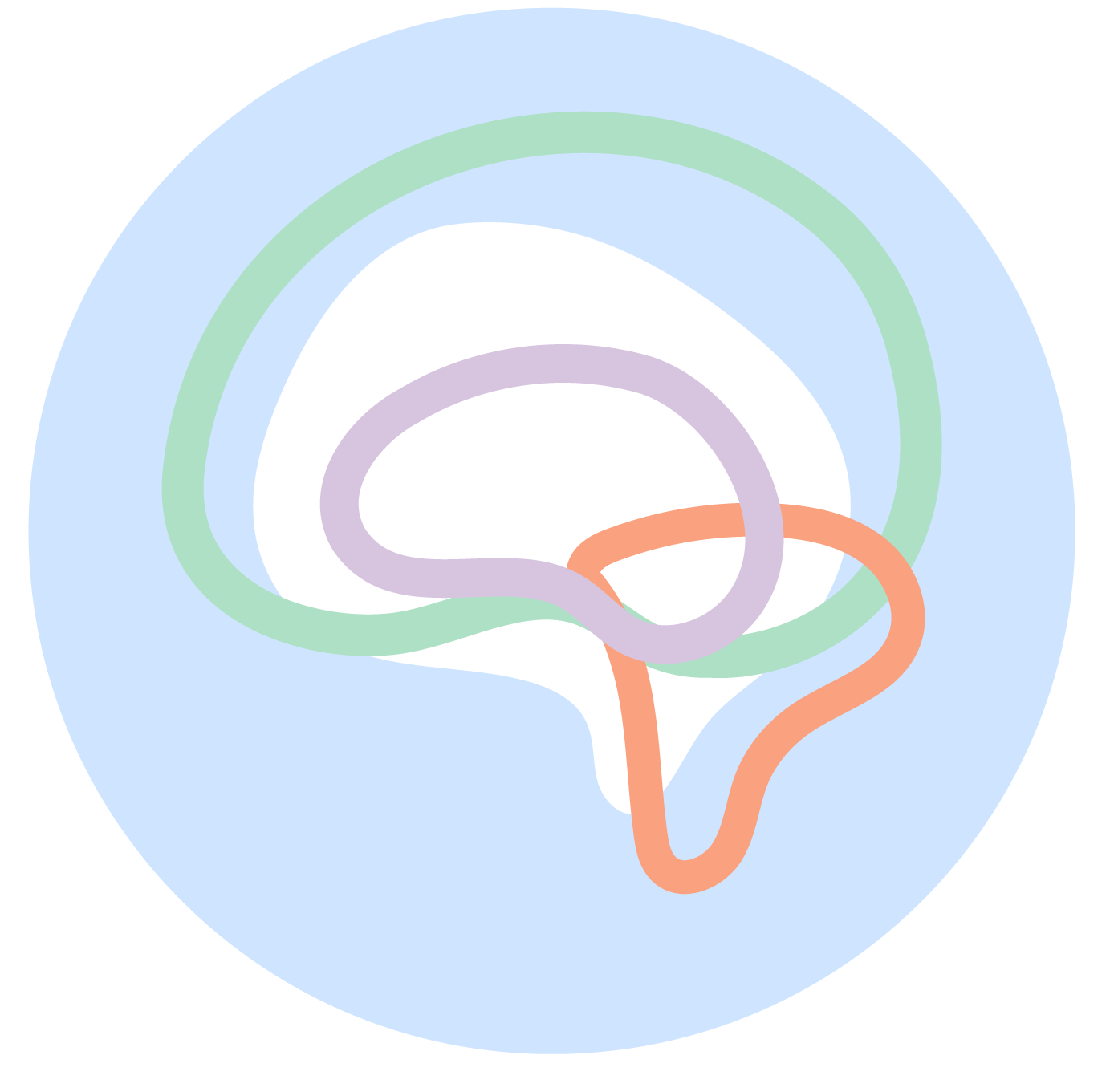Yoga: Facilitating the Mind-Body Connection
Yoga and Its Origins
Yoga is a spiritual discipline based on subtle science that focuses on building harmony between the body and mind (Basavaraddi, 2015). Both an art and science of healthy living, yoga helps us discover unity within ourselves and the world around us. While the beginnings of yoga can be traced back 5,000 years to northern India, some researchers believe the practice of yoga may have a history dated far before then. B.K.S. Iyengar was the founder of the style of yoga known as "Iyengar Yoga" and was considered one of the foremost yoga teachers in the world (Basavaraddi, 2015). Over the years, the teachings of yoga have been shared around the world by practitioners such as B.K.S. Iyengar, Swami Satyananda Sarasvat, and others.
In ancient times yoga was often referred to as a tree, a living entity with roots, a trunk, branches, blossoms, and fruit (Carrico, 2007). Within the tradition of yoga, there are six branches, each with a unique focus, that facilitate a path to well-being (James-Palmer et al., 2020). These branches represent a particular approach to life with overlapping characteristics among one another.
Raja (meditation and contemplation)
Bhakti (devotion)
Jnana (knowledge)
Karma (service)
Tantra (ritual)
Hatha (physical postures)
In Western practice, yoga is often associated primarily with physical postures (or Hatha Yoga). Even still, when we look at each branch of yoga we find a set of characteristics or practices that foster awareness and connection. One of the first systematic presentations of yoga was Patanjali’s Yoga Sutras – a collection of eight practices that are often understood as the basis of yoga philosophy (Satchidananda, 2012):
Yama (social ethics)
Niyama (personal practices)
Asana (yoga postures and movement)
Pranayama (breath control)
Pratyahara (control of senses)
Dharana (concentration or steadying the mind)
Dyana (meditation)
Samadhi (oneness or harmony of the self)
A multifaceted ancient practice, the purpose of yoga is to promote well-being through the integration of mind and body with an emphasis on self-realization (Satchidananda, 2012). This collection of practices furthers self-study and facilitates the mind-body connection.
Yoga and The Mind-Body Connection
How we think influences how we feel, and how we feel influences how we think, communicate, and behave. This is the mind-body connection. It refers to how our mind and body communicate with one another and helps us to understand the ways in which our physical and mental health are connected.
Dr. James Gordon, founder of the Center for Mind-Body Connection, describes the many systems of the body as sharing a “chemical language” with one another. He’s quoted explaining, “the brain and peripheral nervous system, the endocrine and immune systems, and indeed, all the organs of our body and all the emotional response we have, share a common chemical language and are constantly communicating with one another.”
So, what does this mean?
Our nervous system is made up of two main parts: the central nervous system and the peripheral nervous system. The central nervous system is made up of the brain and spinal cord while the peripheral system is made up of the many nerves that branch off and extend throughout the parts of the body (NIH, n.d.). We can think of our nervous system as the messengers that carry messages throughout our body and fluctuates between a sympathetic (fight, flight, freeze, or fawn) and parasympathetic (rest and digest) response (NIH, n.d). These responses help us to respond to perceived danger and restore the body to a neutral and calm state. Studies show that the practice of yogic breathwork and the holding of yogic postures (asana) are strongly linked to activation of the parasympathetic nervous system via the vagus nerve – the primary nerve structure connecting the parasympathetic and central nervous systems (Mason, 2021).
The ways in which we care for ourselves influence how well our nervous system can communicate and respond. From healthy foods and physical activity to building a toolbox of coping skills to help us navigate change or big emotions, it’s all connected. The repetition of healthy habits helps to “hard wire” some of these messages into our bodies and creates the space for our nervous system to communicate clearly and strengthen our resiliency.
Yoga and Mental Health
These ancient teachings are further echoed by research today, and studies show a wide range of benefits yoga can have on physical and mental health, healing, and recovery. A growing body of research suggests that the practice of yoga can:
Improve focus, memory, self-esteem, academic performance, and classroom behavior (Ferreira-Vorkapic et al., 2015)
Reduce anxiety and stress (Weaver & Darragh, 2015)
Strengthen social attachments (APA, 2009)
Improve resilience, mood, and self-regulation skills pertaining to emotions and stress (Hagen & Nayar, 2014)
Many ancient texts of yogic philosophy and psychology make references to the importance of mental health and are full of psychological wisdom that provides rich insight aimed at deepening our understanding of mental health (Vorkapic, 2016). At the intersection of ancient practices and modern medicine sits an opportunity to better understand ourselves and the things we need to feel our best.
Yoga and You: Developing Your Practice
Yogic practices can be a helpful tool in processing, managing, and responding to emotions and play a role in facilitating a life healthy in body and mind. Start small and get to know the practice as a whole along with the many components that it is made up of. Find what works for you and integrate small practices into your day-to-day to build healthy habits that help you feel your best.
Create space to learn about the history and origins of yoga. Whether you have been practicing for years or just started, there is always space to learn. Understand the foundations of yoga, the meaning behind the poses and practices, and ways to ensure you are developing and sharing a practice that is respectful of the people and culture to which yoga was born.
Learn about the difference between cultural appropriation and cultural appreciation. Support studios, teachers, and organizations that apply these learnings within their practice. Learn more at https://yogainternational.com/article/view/how-we-can-work-together-to-avoid-cultural-appropriation-in-yoga.
Discover what practices work best for you. There are many disciplines of yoga (as represented by the six branches discussed above). Explore different classes and reflect on how each one makes you feel.
Work to understand yoga as a way of life as opposed to an exercise. As we’ve discussed, the practice of yoga is both an art and science of healthy living. Many of the practices of yoga (e.g., meditation, movement, reflection, etc.) are practices that can be integrated into our day-to-day and used to build healthy self-management skills. This means anchoring to the present and reflecting on your experience as opposed to your experience compared to another.
Remember that yoga is for everybody and every body. All poses and practices can be adapted to meet the needs of whoever is looking to practice them. Be mindful of your needs and don’t be afraid to adjust or ask for support in modifying a practice.
-
-
Mason, H. (2021, June 2). The Relationship Between Yoga and Psychology. The Minded Institute.
Novotney, A. (2009, November). Yoga as a practice tool. American Psychological Association (APA).
Satchidananda, S. S. (2012b). The Yoga Sutras of Patanjali (Reprint ed.). Integral Yoga Publications.
What are the parts of the nervous system? (n.d.). National Institute of Health (NIH).




